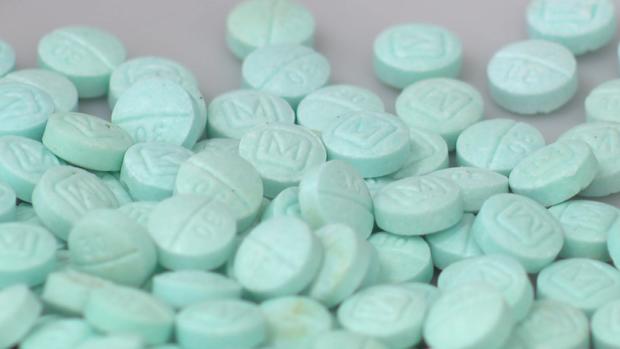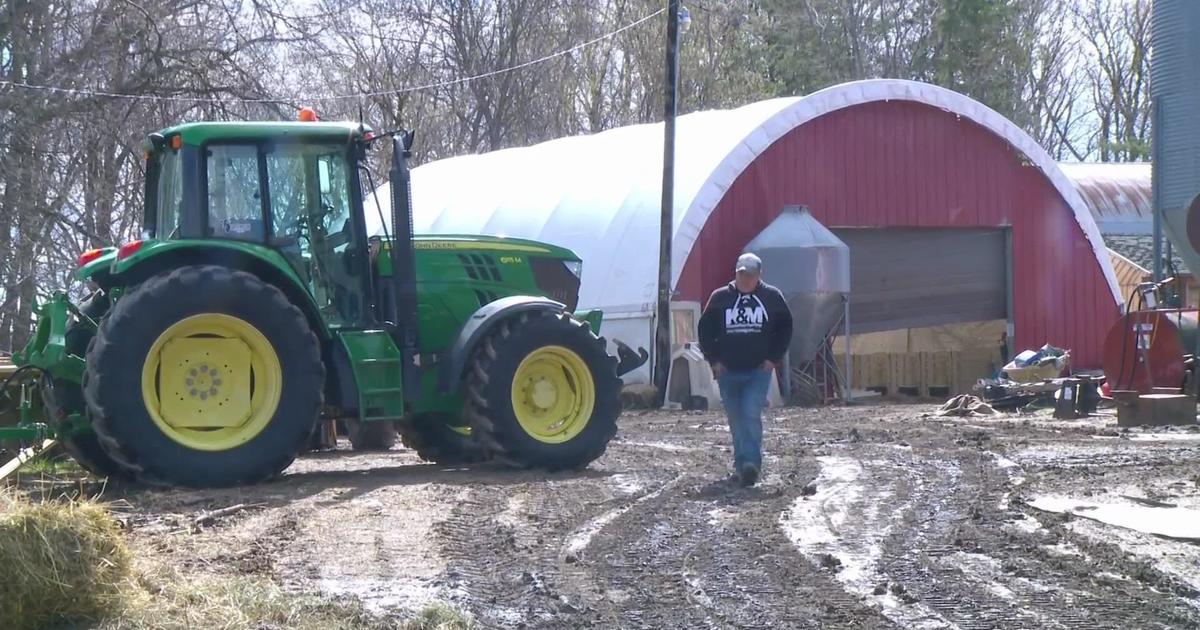WCCO investigates the fentanyl crisis in Minnesota
MINNEAPOLIS — The fentanyl crisis is reaching every corner of our country and across Minnesota. The highly addictive synthetic opioid is stretching investigative resources and devastating families.
WCCO is taking a look at the epidemic from the inside over the next week. We'll talk with families experiencing deep loss, hear who it's impacting and look for solutions.
We start with the problem. Last year alone, the Drug Enforcement Agency seized the equivalent of more than 387 million lethal doses of fentanyl. That's enough to kill every person living in America.
So how is it getting to our communities and what's being done to stop it? WCCO's Jennifer Mayerle investigates the fentanyl crisis.
Fake prescription pills, powders, and packed bricks are being taken off the streets in Minnesota. The danger inside: fentanyl.
"It's the most addictive drug we've seen. There's nothing else like it," DEA Special Agent in Charge Omaha Division Justin King said.
RELATED: The families left behind by the fentanyl crisis
King is the special agent in charge covering Minnesota.
"We're seeing it in both fake pill form and we're seeing it in powder form. We see it in fake pills that are made to look like a regular prescription drug, whether that be an oxycontin, or a Percocet, or a Xanax," King said. "We see fentanyl mixed into other drugs, even. We see it mixed into methamphetamine and we see it mixed with cocaine."
In the last year, DEA lab testing found six out of 10 fentanyl-laced fake prescription pills contain a potentially deadly dose of fentanyl. Two milligrams, or the amount on the top of a pencil, is enough to kill someone. Let that sink in.
"You're talking about something that's 50 times more potent than heroin. And so just a small amount of that fentanyl can be something that ends somebody's life," King said.
King says Mexican cartels are responsible for mass-producing products containing fentanyl.
"The two main cartels in Mexico, the Sinaloa Cartel and the Jalisco Cartel," King said.
The cartels are mainly getting chemicals from China to make the synthetic opioid. Then, they are pushing products into the U.S. using transportation routes, through vehicles and packages, getting it to drug traffickers, with some deals done over social media.
So, what do the cartels get out of it if they're putting potentially lethal doses of fentanyl into the pills?
"One would always ask that question, but the cartels, it's all about making money. And so what they want to do is they want to create a product with a minimal amount of money they have to put into it that's potent, creates addicted people, and they push it in, and they will ruthlessly try to expand that business model into every community," King said.
What the DEA stops from getting to a community, they test in a lab. So does the Minnesota Bureau of Criminal Apprehension. We saw the BCA's forensic science services drug chemistry lab with Forensic Science Supervisor Eric Grunwald.
"We analyze evidence suspected to contain a controlled substance," Grunwald said.
Grumwald walks us through the testing process.
"She is adding the color test reagents to the color test spot well. It gives her an indication of what might be in the sample. That would be characteristic of potentially fentanyl, possibly cocaine," Grunwald said.
RELATED: More Minnesotans, including children, succumbing to fentanyl-related deaths
A sample then goes through an instrument for confirmation. Grumwald says fake M-30s laced with fentanyl made to look like legitimate oxycodone tablets are common, and says it's a huge public safety threat.
"The users don't necessarily know what they're buying, and it has a very high potency. It takes a very small dose to be fatal," Grunwald said.
The amount found in Minnesota and tested at the BCA continues to climb. The lab went from 115 fentanyl cases a year to 115 a month, now roughly 1,400 cases a year.
"We receive overdose cases on a regular basis," Grumwald said.
Testing allows them to alert people when there's a deadly product going around. It's also critical to holding someone accountable in court. But the overarching goal is to stop the distribution of fentanyl to save lives.
What can make a difference?
"Everybody we arrest, every investigation we do makes a difference," King said. "Every time we take drugs off the street or we indict somebody, hold somebody accountable, it makes a difference."
The testing need is so great, last session the legislature approved funding for two more BCA scientists to focus on fentanyl cases.





